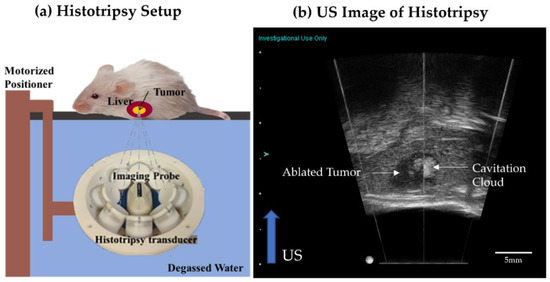2022-04-15 ジョージア工科大学
研究チームは、連邦道路管理局の全米家庭旅行調査のデータを使って、全米52の大都市圏と各コミュニティのバスや電車の乗車率について調べました。そして、ジョンズ・ホプキンス・システム科学工学センターのダッシュボードで、2020年1月22日~5月1日に確認された83万8000人のCovid感染者と数字を比較しました。
その結果、公共交通機関の利用率が高い都市では、一人当たりのコビド発生率が高いことがわかりました。これは、教育、貧困レベル、世帯の混雑度など他の要因を考慮しても同様であった。この関連性は、交通の便が良いニューヨーク市のデータを使わずにモデルを実行した場合でも、統計的に有意であった。
<関連情報>
- https://research.gatech.edu/link-between-transit-use-and-early-covid-cases
- https://www.sciencedirect.com/science/article/pii/S0048969721073605?via%3Dihub
米国都市部における大量輸送機関の導入とCOVID-19感染との関連性の検討 Investigating the association between mass transit adoption and COVID-19 infections in US metropolitan areas
Michael M.Thomas,Neda Mohammadi,John E.Taylor
Science of the Total Environment Published:10 December 2021
https://doi.org/10.1016/j.scitotenv.2021.152284

Abstract
Urbanization introduces the threat of increased epidemic disease transmission resulting from crowding on mass transit. The coronavirus disease 2019 (COVID-19) pandemic, which has directly led to over 600,000 deaths in the US as of July 2021, triggered mass social distancing policies to be enacted as a key deterrent of widespread infections. Social distancing can be challenging in confined spaces required for transportation such as mass transit systems. Little is published regarding the degree to which mass transit system adoption effects impacted the rise of the COVID-19 pandemic in urban centers. Taking an ecological approach where areal data are the unit of observation, this national-scale study aims to measure the association between the adoption of mass transit and COVID-19 spread through confirmed cases in US metropolitan areas. National survey-based transit adoption measures are entered in negative binomial regression models to evaluate differences between areas. The model results demonstrate that mass transit adoption in US metropolitan areas was associated with the magnitude of outbreaks. Higher incidence of COVID-19 early in the pandemic was associated with survey results conveying higher transit use. Increasing weekly bus transit usage in metropolitan statistical areas by one scaled unit was associated with a 1.38 [95% CI: (1.25, 1.90)] times increase in incidence rate of COVID-19; a one scaled unit increase in weekly train transit usage was associated with an increase in incidence rate of 1.54 [95% CI: (1.42, 2.07)] times. These conclusions should inform early action practices in urban centers with busy transit systems in the event of future infectious disease outbreaks. Deeper understanding of these observed associations may also benefit modeling efforts by allowing researchers to include mathematical adjustments or better explain caveats to results when communicating with decision makers and the public in the crucial early stages of an epidemic.


